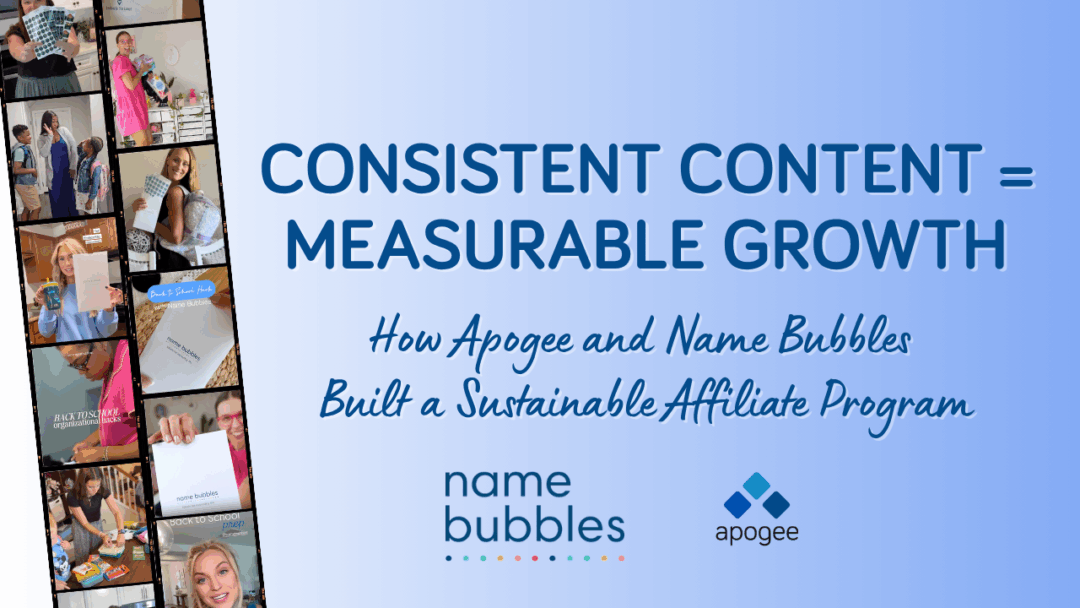Daniel M. Clark Joins Greg Hoffman Consulting
January 31, 2014If every affiliate program was managed like a fantasy baseball team, the industry would be vastly different. Of course, the same could be true if every program was managed. In my guesstimation, only about 10% of all affiliate programs are managed by knowledgeable, proactive professionals. That means up to 90% are either completely unmanaged or partially managed by a staff who does not understand all of the complexities of professional affiliate management. Unfortunately, those options allow for exploitation by affiliates who are only looking for a quick and easy sale.
There is strong criticism of the affiliate marketing industry because of bad players taking advantage of customers. I've heard it for the last 8 years as an affiliate manager and I have definitely chosen a side to defend. I have no authority to clean it up but I have no problem talking about it in public. All I can do is to protect the integrity of the programs my team manages. How do I do it? I'll tell you right now. No ebook, no upsells, just the facts.
Moneyball
It's hard not to be inspired by the game of baseball. After watching the movie Moneyball a few years ago, all I could think about was how this concept could be applied to my job. Here I am, a lifelong baseball fan watching a great movie about the game and my mind was on affiliate program management. My thought was that I should be playing fantasy baseball with my affiliate programs. The affiliates are the players. The sales are the runs. This has led to a simple formula for a balanced affiliate program with consistent growth.
The fundamental theme behind Moneyball is manufacturing runs. The baseball manager needs players that can get on base and score runs. The affiliate manager needs affiliates that can send clicks that convert into sales from as many new customers as possible. To understand this concept is to understand how affiliates send traffic and how to motivate them to get active.
Whether you have 25 affiliates or 2,500, the manager needs to analyze their sales, clicks, trends and promotional methods every single month. If any of the affiliates are practicing methods of promotion you don't like, remove them. Kick them off the team. Consider their sales as runs for the other team. Counterproductive to your efforts for profitable customers.
I don't like trademark poachers, coupon poachers, toolbars or affiliates that use software or browser add-ons. EVERY time I remove a toolbar, I motivate a different set of affiliates to backfill the sales. When this happens, they see higher conversions and the merchant sees growth in new customers. Every time. My biggest and best results have been in GiftTree.com, 1StopFlorists.com, MusicBoxAttic.com, JenniferZeuner.com, ChecksSuperstore.com, FlirtyAprons.com, DirectGardening.com and CaseCrown.com. My strategy has never failed and the merchants are happy with the successful approach.
Formula for a balanced program
Think of the following categories of affiliates and find a way to balance the program with more than just couponers, toolbars, or paid search.
- Reviews/Bloggers – Content Creators who publish product reviews help introduce your brand to new audiences that you otherwise may not reach. While good Creators understand affiliate marketing and will convert some sales, this is an important first step to increasing your brand awareness and social proof.
- Niche Content/General Content/SEO – These are the hardest working affiliates of them all. They deserve every penny for their efforts. It is imperative to give them what they need to properly represent your brand. This includes product knowledge, creatives, and promotional opportunities.
- Retargeting – For some merchants, this is a needed service. Not everyone can build their own shopping cart abandonment tools, but everyone needs them.
- Datafeeders/Comparison Shopping – The backbone of any program with a datafeed. Huge new customer potential. Consistent sales every month for years and years.
- Coupons – If you have a coupon field, find 5-10 coupon sites you like and feed them. They do add new customers, you just need to find the right ratio of new vs. old from their promotions.
- Deals – Flash sales or deals-of-the-day can bring you more traffic than your servers can handle. Be prepared and have a plan. Deal sites overpower coupon sites every day.
- Paid Search – If you are not buying paid search for your company, find a trusted affiliate to work with. Don't leave that space unattended. You are losing sales, even on your brand.
- Social – Social affiliates in niche categories within your genre, can bring you tens of thousands of new sales. Work with them to sell one specific product, not your whole brand.
- Loyalty – I'm very careful with loyalty sites. If they have a built-in community and they don't use toolbars or software, they can bring you tons of traffic.
Instead of having your current top 10 affiliates deliver 80% of your sales, imagine the top 10 with only 40% of the sales. You can accomplish this by adding more types of affiliates to your program and clearing a path to higher conversion. Weed out the bad players and go from 75 active affiliates with sales to 150 active within months. This is where real, true growth happens with new customers. The program will not cannibalize other marketing channels and everyone will respect the program and its continued growth.
For you baseball fans, I hope you noticed the 9 different types of affiliates and my clean up hitter was datafeeders. I mapped that out on my whiteboard about a year and a half ago and I think about it daily. And yes, Joe Madden, the manager of the Rays, is my hero. Constantly changing the lineup and evolving is the way to manage.
It's not all about recruiting the perfect affiliates to your program. It's about finding the right types of affiliates that understand how to drive the right traffic for your brand.

This article predates the transition to Apogee and may contain outdated references or links. We apologize for any inconvenience this may cause.




